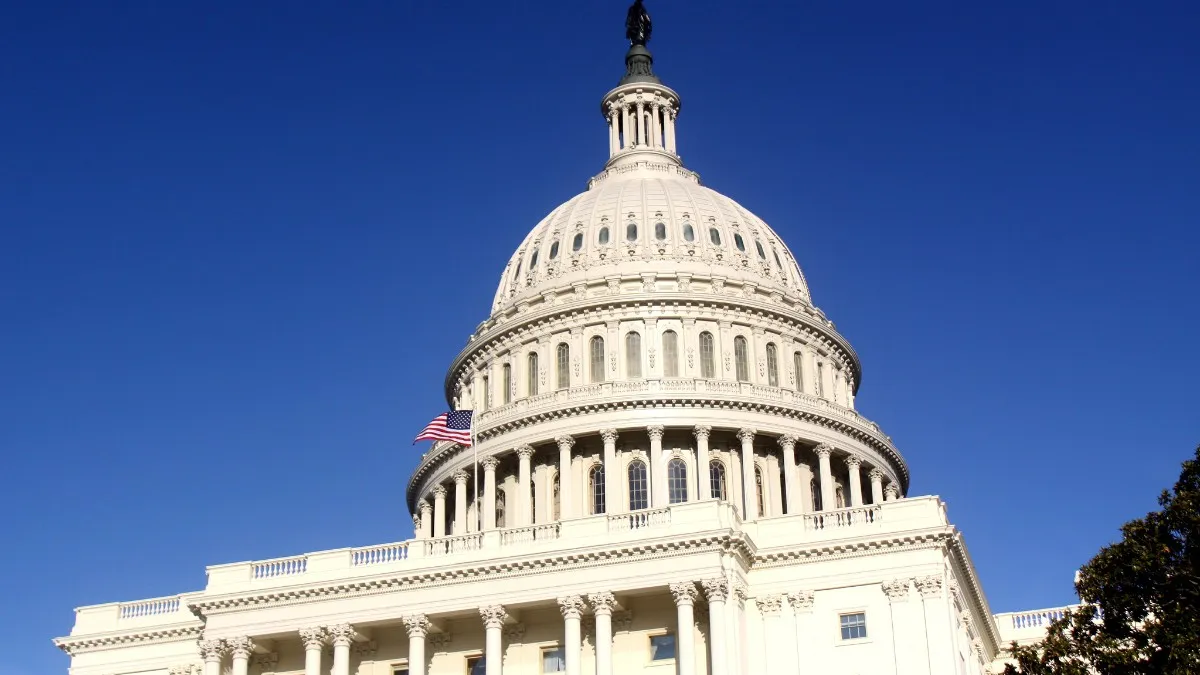Dive Brief:
- The U.S. budget deficit will total 10.3% of gross domestic product (GDP) this year—the second largest since 1945 and exceeded only by the 14.9% shortfall in 2020, according to a forecast by the Congressional Budget Office.
-
The estimated budget deficit of $2.3 trillion in 2021 will be nearly $900 billion less than the 2020 shortfall because economic growth will increase tax revenues beyond prior expectations, the CBO said.
- Projected deficits—large by historical standards before last year—have soared because of the sharp coronavirus-induced downturn and $3.5 trillion in pandemic rescue spending approved in 2020 to avert layoffs, aid unemployed workers and tide over businesses.
Dive Insight:
Republicans have voiced concern that $1.9 trillion in additional coronavirus spending proposed by the Biden administration will worsen the U.S. budget outlook. Treasury Secretary Janet Yellen has said the extra aid is essential for averting severe damage to the labor market and economy.
Yet "there is a chance that macroeconomic stimulus on a scale closer to World War II levels than normal recession levels will set off inflationary pressures of a kind we have not seen in a generation, with consequences for the value of the dollar and financial stability," former Treasury Secretary Lawrence Summers warned in a Feb. 4 opinion article.
The Federal Reserve has set a 2% goal for inflation and believes it will remain low for the foreseeable future.
"Inflation dynamics will evolve but it's hard to make the case why they would evolve very suddenly in this current situation," Fed Chairman Jerome Powell told the Economic Club of New York on Feb. 10. "If inflation were to be at troubling levels and that were to be sustained, then we have the tools to address that and we will, of course, use them."
The CBO forecasts that inflation will gradually rise and exceed 2% "after 2023, as the Federal Reserve maintains low interest rates and continues to purchase long-term securities."
Annual deficits will average $1.2 trillion from 2022 to 2031 and exceed their 50-year average of 3.3% of GDP in each of those years, according to the CBO. They will decline to 4% of GDP or less from 2023 to 2027 before rising to 5.7% of GDP in 2031.













